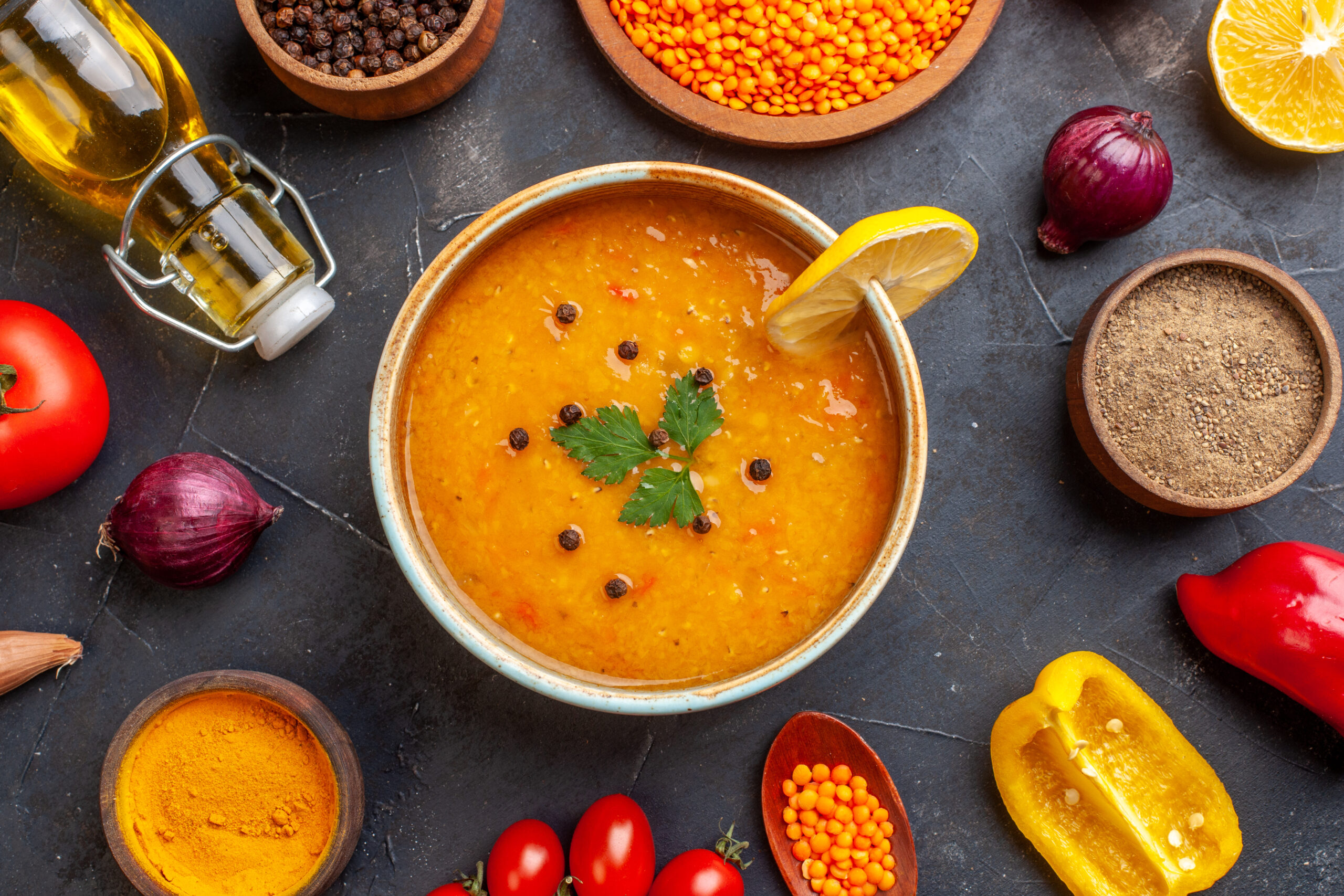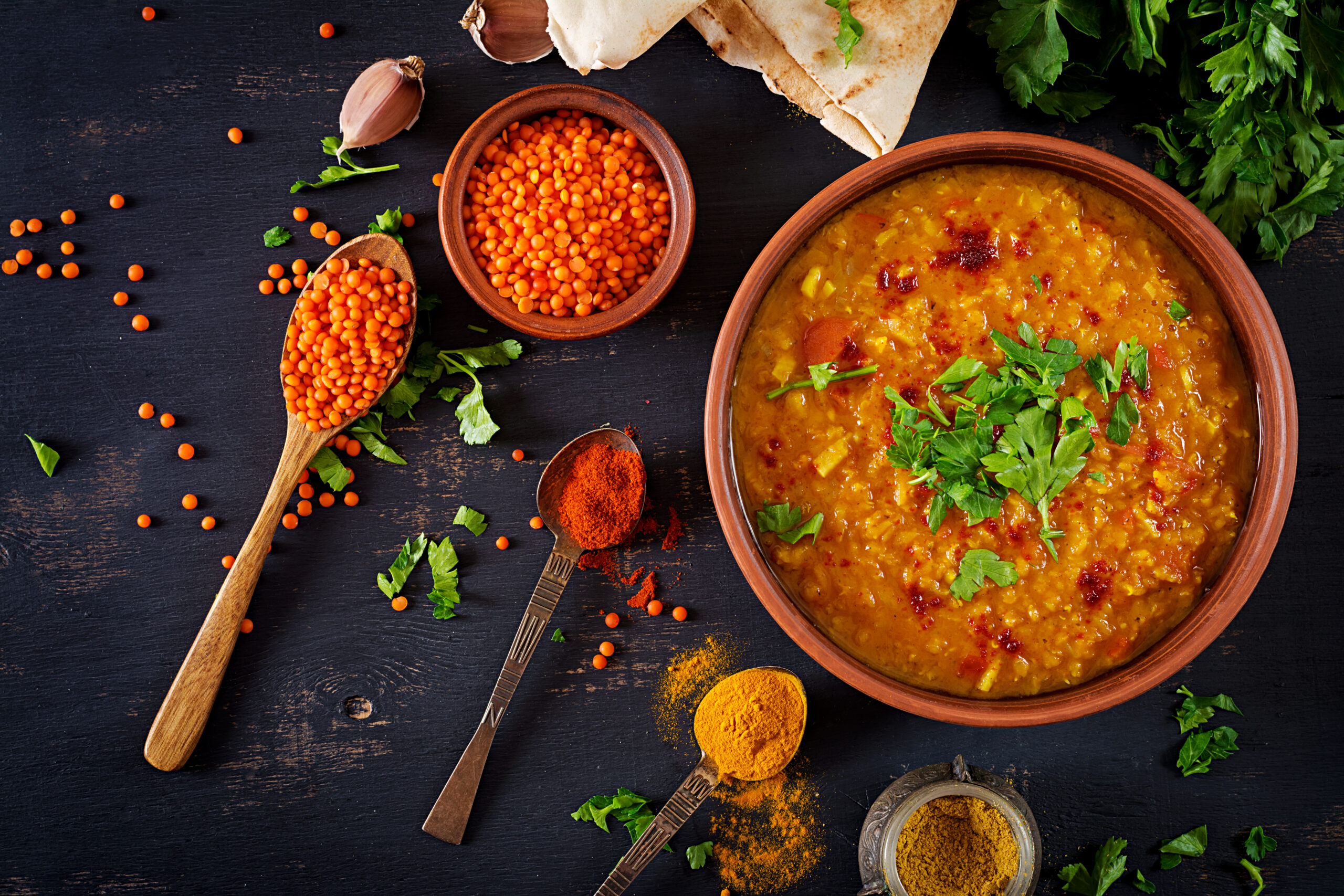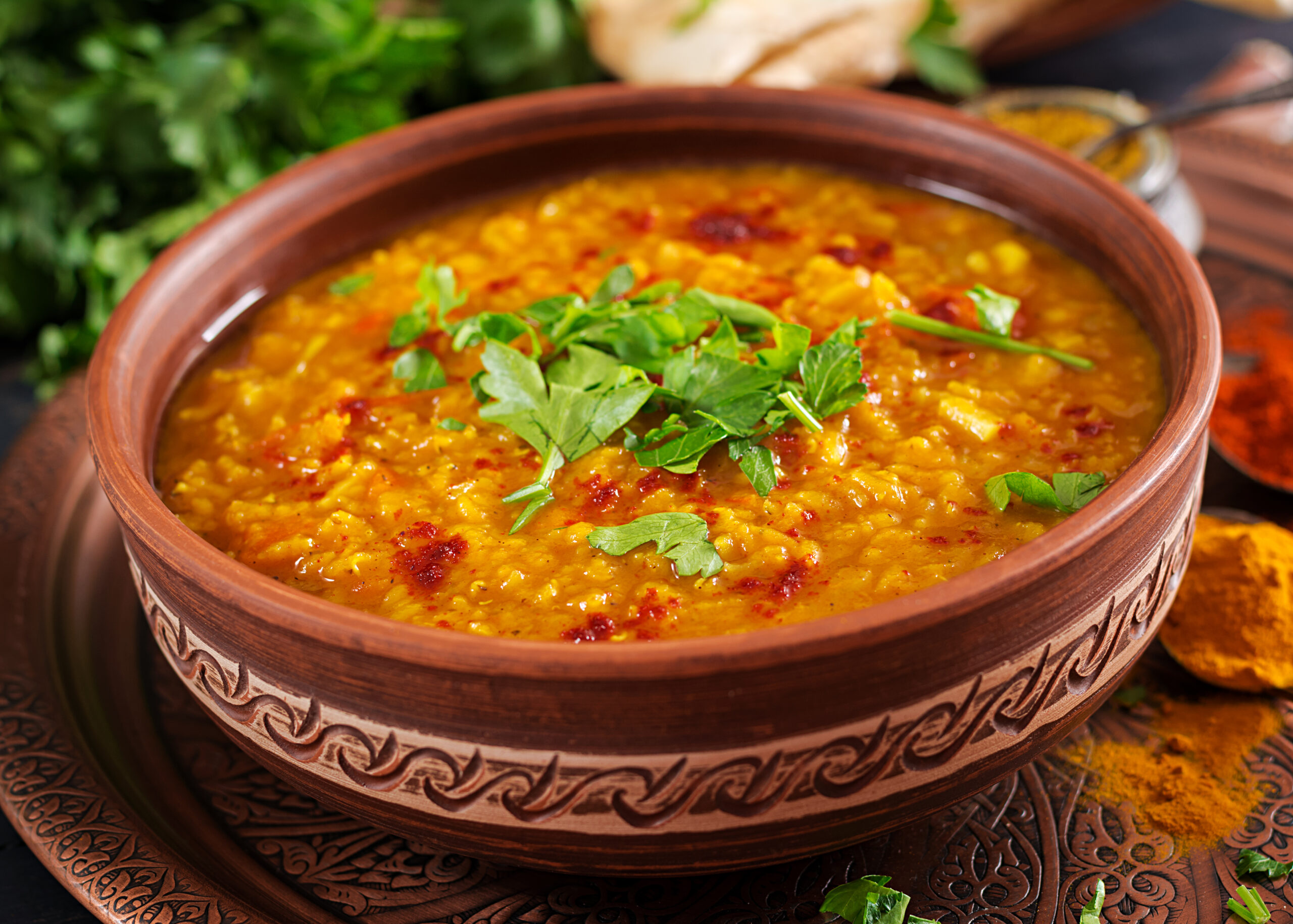What’s your first memory of khichdi?
Maybe it was your grandmother’s version—simple, steaming, served with a dollop of A2 ghee and love so deep it didn’t need words. Or maybe it was that bowl your mother brought you when you were unwell—soft, warm, and somehow enough to make you feel better, even before the first bite.
It was never just a meal. It was medicine in the form of food. It was comfort. It was home.
Across India, khichdi food plans have nourished us through sickness and health, stress and celebration, growth and grief. From the Ayurvedic scriptures to modern nutrition, from temples to Anganwadi centres—it has quietly stood the test of time.
And now, in an age where processed meals and rushed routines are the norm, khichdi reminds us of something vital: that real nourishment doesn’t have to be complicated. It just needs to be consistent, clean, and deeply rooted in tradition.
We’ve all been held by khichdi at some point in our lives. And somewhere in between packaged snacks and lifestyle fads, we began to forget its quiet power.
At the NXT Conclave 2025, I had the privilege of sharing a message deeply aligned with our Prime Minister’s vision: that the future of India’s health doesn’t lie in imported trends, but in the revival of local, seasonal, and traditional foods. It was here that we unveiled the Bharat Dish—a millet-based healthy khichdi that represents everything we stand for: simplicity, affordability, and deep-rooted nourishment.
The Bharat Dish is a tribute to that bowl of khichdi we all grew up with—and a call to bring it back, proudly and purposefully, to our daily plates. Because sometimes, the simplest food holds the most profound power.
What Makes Khichdi Healthy? Nutrition, Simplicity, and Health Benefits of Khichdi
Wondering, is khichdi healthy? You’ll find more wisdom in a bowl of khichdi than in most food trends today.
When we talk about khichdi nutrition, we’re talking about a meal that’s built for balance. It’s not fancy. But it’s complete. When you combine rice with dal—especially moong (green mung bean) or masoor (red lentil)—you get a full range of essential amino acids. In simple terms, that means it gives your body the proteins it needs to repair, grow, and stay steady, without putting pressure on digestion.

Why a Khichdi Food Plan is a Nutritional All-Rounder
It’s also high in fiber, B-complex vitamins, and minerals like potassium and magnesium—all of which support energy, sleep, heart function, and gut health. It has a low glycemic index, which means it releases energy slowly without spiking blood sugar. That makes it a reliable meal for people managing diabetes, fatigue, or even mood swings.
What do I love most? It’s easy on the gut. And when digestion is supported, everything else in the body works better—your immunity, your skin, your mood, your energy.
I often recommend khichdi during periods of transition—recovery after illness, stressful phases, post-travel, and emotional lows. It’s what I call cellular food—the kind of food your body doesn’t have to fight with. The kind that knows how to get where it needs to go.
Since ages, homes in India have used khichdi as a comfort food and nutritious meal. restorative. When paired with ingredients like turmeric, cumin, ginger, ajwain, or a spoonful of A2 ghee, it becomes anti-inflammatory, soothing, and sattvic.
Khichdi and Protein: Ancient Wisdom, Everyday Strength
In India, we’ve never had to ask whether khichdi is healthy. We’ve always known. What we sometimes forget—especially in today’s fast-paced, protein-obsessed world—is just how beautifully balanced this one-pot meal already is.
The protein in khichdi isn’t just adequate—it’s smart. It comes from natural pairings that our grandmothers perfected long before modern nutrition caught up.
Here’s how it works:
- Rice + Dal = Powerhouse
When we combine grains like rice with lentils such as moong (mung bean) or masoor (red lentil), we naturally create a complete amino acid profile.
This means:
- The body gets all essential amino acids
- It supports muscle repair, immune function, and hormone health
- It’s gentle on the gut, making it easy to absorb and utilise
- Want to enhance the protein even further? Try this:
- Add green peas, which are naturally protein-rich
- Include vegetables like spinach, amaranth, carrots, or beans
- Stir in a spoon of A2 ghee or cold-pressed oils like sesame or coconut for better nutrient absorption and satiety
- For more density, try using brown rice, little millet, or quinoa as the grain base
- Who benefits from khichdi protein?
Everyone.
- Children in growth years
- Women during pregnancy or postpartum
- Adults recovering from illness or stress
- Elderly individuals needing easy-to-digest nourishment
- Fitness enthusiasts looking for clean, wholesome recovery food
I often recommend this as part of a daily eating rhythm—not just during illness or fasting. Why? Because khichdi protein does more than ‘fill you up.’ It builds resilience, regulates digestion, and supports long-term strength.
We don’t need to reinvent the wheel. A khichdi food plan is already a nutritional blueprint—it just needs to return to our everyday plates.
Ayurveda sees khichdi as tridoshic, meaning it balances Vata, Pitta, and Kapha. It’s also considered sattvic, so it supports both clarity and calm. It’s often eaten during Panchakarma or spiritual practices for this reason—it doesn’t just feed the body, it settles the system.

From toddlers to the elderly, from cities to villages, khichdi food doesn’t discriminate. It adapts to the body’s needs, the region’s ingredients, and the moment you’re in.
That’s why I believe a simple bowl of khichdi can often do more than a plate full of supplements. Sometimes, the body just needs something it already understands.
Khichdi in Ayurveda and Anganwadi: A Meal That Grows With You
There’s a reason khichdi is often the first food we feed our children—and one of the last we turn to during recovery. It’s nourishment that spans generations, from newborns to elders, across cities and villages, through health and illness.
In my travels, I’ve seen khichdi served with reverence—in Ayurvedic retreats, spiritual fasts, Anganwadi centres, hospital wards, and home kitchens. Its versatility isn’t just practical. It’s sacred.
In Ayurveda, khichdi is not just food—it’s therapy.
- It’s considered tridoshic—meaning it balances Vata, Pitta, and Kapha
- It’s a key part of Panchakarma (Ayurveda’s deep detox protocol)
- Seen as sattvic, it promotes clarity, calmness, and vitality
- It’s grounding, especially when the body or mind feels unsettled
Ayurvedic practitioners often prescribe a simple moong dal khichdi with A2 ghee during:
- Gut cleanses
- Fasting rituals
- Spiritual preparation
- Times of grief, emotional exhaustion, or energetic depletion
Because khichdi does more than feed the stomach—it centres the system.
At Anganwadi Centres, it’s the first solid food for many Indian children.
During my visit to Anganwadi centres in New Delhi, I saw firsthand how khichdi plays a central role in early childhood nutrition under Poshan Abhiyaan and Saksham Anganwadi. It’s:
- Affordable
- Easy to prepare
- Made from locally available ingredients
- Rich in calories, iron, and protein when made with the right dals and vegetables
Whether it’s a rural Anganwadi or an urban classroom, khichdi ensures that no child is left hungry—or undernourished.

And as we age, we come back to a healthy khichdi recipe.
- For the elderly, it’s soft, gut-friendly, and easy to chew
- For those recovering from illness, it supports healing without taxing digestion
- For families going through difficult transitions—grief, stress, fatigue—it brings warmth, calm, and simplicity back to the table
Khichdi is an amazing way to support the body at any stage of life. It adapts with you. It meets you where you are. And that’s rare.
At the NXT Conclave 2025, when we launched the Bharat Dish, we chose a combination of a millet khichdi and kadhi for a reason. It represents India’s nutritional resilience—rooted in ancient wisdom, adapted for modern health.
It’s proof that we don’t have to go far to heal. Sometimes, the answer is already on our stove.
Download our Bharat Dish & Lifestyle Tips booklet
Curated by Luke and Team Luke, Presented at the NXT Conclave 2025: A tribute to India’s culinary wisdom for the whole family.
How to Tailor a Healthy Khichdi Recipe to Your Wellness Goals
One of the reasons I keep coming back to khichdi food plates—and often recommend it to the families and patients I work with—is because it’s so versatile. It’s not one rigid recipe. It’s a canvas. You can adjust it based on your health needs, season, appetite, or stage of life.
Here’s how you can personalize your khichdi recipe while still keeping it simple, seasonal, and healing:
1. For Gut Recovery or Post-Illness Nourishment
- Use split yellow moong dal and white rice
- Keep it minimal: add a pinch of turmeric, ajwain, and A2 ghee
- Avoid onions, garlic, or heavy spices
- Best served warm, soft, and slow-cooked
This version supports digestion, soothes inflammation, and eases the system back to balance.
2. For Weight Management or Satiety
- Replace white rice with millets like foxtail, kodo, or barnyard
- Add high-fiber vegetables like bottle gourd, spinach, carrots, or beans
- Season with cumin, ginger, black pepper, and a little A2 ghee
- Avoid overcooking—keep the texture hearty
This helps manage blood sugar, supports elimination, and keeps you fuller for longer.
3. For Strength, Recovery, and Growth
- Use brown rice or a small portion of quinoa
- Combine with green moong dal or masoor dal
- Add peas, beetroot, moringa, or amaranth leaves
- Finish with A2 ghee, flaxseed powder, or cold-pressed coconut oil
This version supports khichdi protein requirements and works well for growing children, athletes, and postpartum recovery.
4. For Busy Days or One-Pot Simplicity
- Make a mixed vegetable khichdi with whatever is in season
- Cook in a pressure cooker or one-pot setup
- Serve with pickle, dahi, or a side salad
Sometimes the healthiest meal is the one you’re able to make with what you have.

What matters most isn’t the ingredients alone—it’s how they work together. And when you build your khichdi diet around your current needs, it becomes a truly intelligent, intuitive way to nourish the body.
If you’re non-vegetarian, you can pair khichdi with a soft-boiled free-range, non-GMO egg or a small portion of hormone-free, clean meat on the side. It adds variety and additional protein without compromising the lightness or digestibility of the meal.
You don’t need complexity to feel well. You just need consistency, quality, and intent—and a bowl of khichdi does that beautifully.
Conclusion: A Bowl That Reflects Who We Are
Khichdi isn’t just a dish. It’s a reflection of who we are as a country—resilient, rooted, and quietly wise.
It doesn’t shout for attention. It doesn’t need packaging or promotion. It’s been cooking in clay pots, steel vessels, and pressure cookers across India for generations—feeding families with warmth, dignity, and balance.
In today’s world of over-processed, hyper-marketed nutrition, khichdi reminds us that wellness isn’t complicated. It’s not in powders, bars, or imported trends—it’s right here, in our kitchens. It’s in moong dal, in seasonal vegetables, in a spoonful of A2 ghee, and in the way we slow down to eat together.
We owe it to our children—and to ourselves—to keep this tradition alive. To pass it on. To make sure the next generation doesn’t forget that food can be simple and still powerful.
Because healing doesn’t always come from outside. Sometimes, it’s been simmering quietly in your home all along.
Download our Bharat Dish & Lifestyle Tips booklet.
Ready to Make Your Mental Health a Priority?
Start your journey with one positive action today.
Check Out Our Wellness Program.
Looking for personalized advice? Reach Out to Team Luke’s Integrative Health Coaches!
Book a one-on-one with our team. Call: 1800 102 0253 or write to us at [email protected].
Disclaimer: The information provided in this blog is intended for educational purposes only and is not a substitute for professional medical advice, diagnosis, or treatment. Always consult with your healthcare provider before making any changes to your nutrition, exercise routine, or lifestyle. The effectiveness of the strategies mentioned may differ from person to person. The content is based on current research, but it is important to remember that science and health recommendations may evolve over time.
Team Luke
Our team of registered dietitians, certified nutritionists, lifestyle coaches, medical practitioners, and holistic health experts come together to share practical, accessible insights for your well-being. Whether you're seeking tips on preventive health, managing a specific condition, or simply looking to live a more balanced life, you’ll find a wealth of easy-to-apply knowledge here.
Start Your Wellness Journey
Feeling inspired to take the next step in your wellness journey? Connect with us to explore how our tailored programs can support your health journey. Your transformation is just a conversation away.



